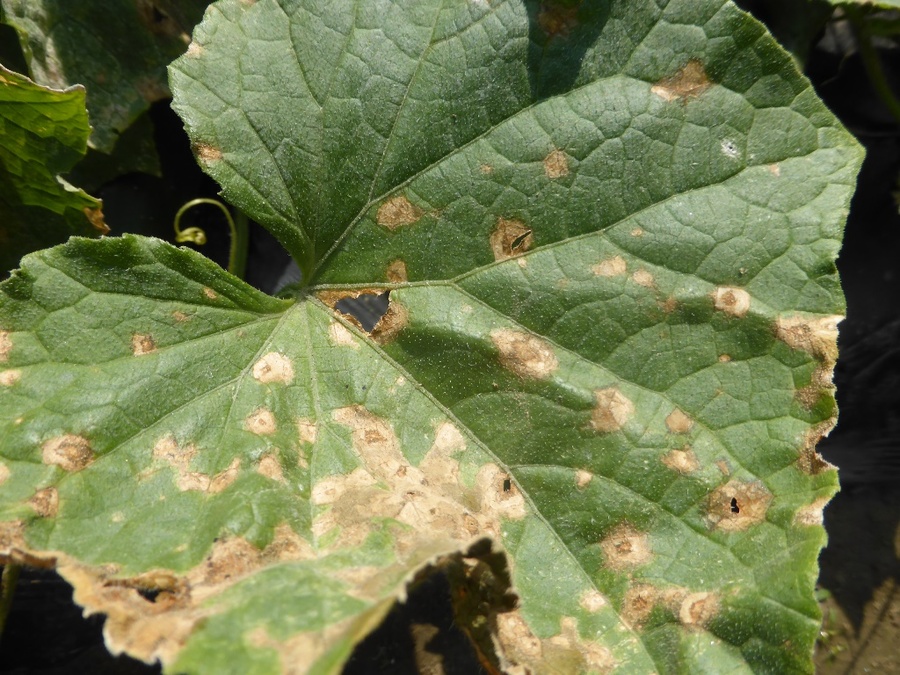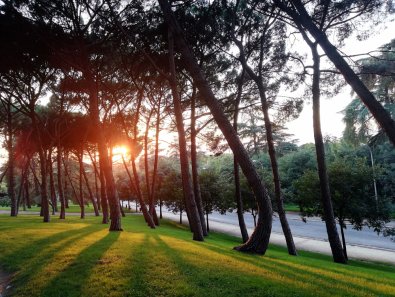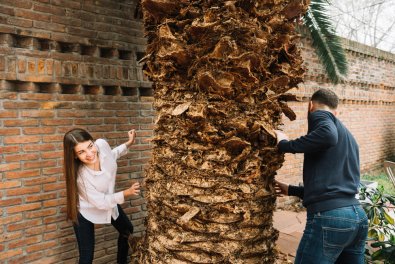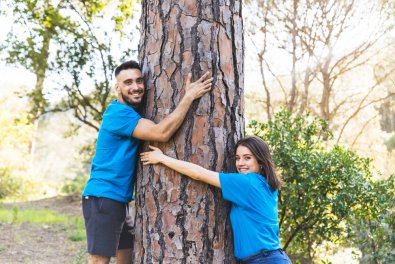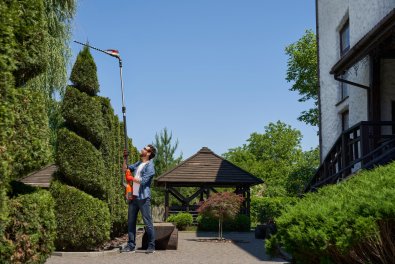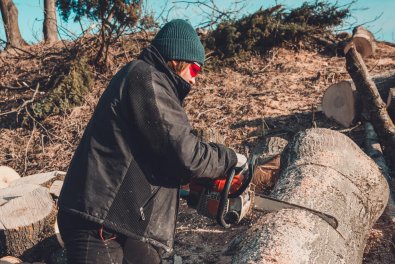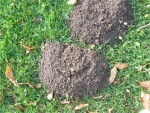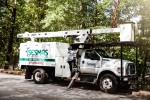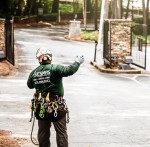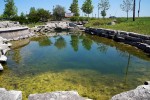What is Anthracnose?
Do you notice browning, spots, or die-off in the foliage of trees? If so, chances are the affected tree has a fungal infection. Anthracnose means an "ulcer-like sore" in the arborist community and is often described as a family of fungal infections because of the symptoms. The fungi responsible for the condition are tree specific, hence the need to schedule routine maintenance checks with a trusted tree care company.
At Sesmas Tree Service, we can help you mitigate deterioration caused by Anthracnose, especially in highly susceptible trees like maple, ash, walnut, sycamore, and white oak. While the fungi mostly attack young leaf tissue, they can spread to the twigs and cause severe damage in sycamore trees. If you have planted any trees listed, it may be time to hire a professional tree service for help.
Can Anthracnose Kill My Tree?
Infected trees will not die. However, sycamore trees can experience severe damage, especially if many leaves are infected. Anthracnose is not a major cause for concern, but you still need to treat the infected trees to mitigate further tree damage and the overall decline of the tree’s well-being. The aesthetic appeal of your trees is compromised, turning them into an eyesore on your property. The most effective solution is preventive maintenance and routine inspections by a trusted tree care company.
How Can I Tell My Tree is Infected?
As mentioned, different fungi cause Anthracnose, resulting in varying symptoms. The most common signs you need help with include irregular spots and dead portions of leaves that follow the vein. The infected leaves often turn brown, curl, and fall off. These telltale signs are the same to other fungal infections, but the good news is our tree care company can help.
We assess the damaged tree to determine the cause and recommend a long-term solution to ensure your trees go the distance. Regular inspections allow our arborists to detect other signs of damage before it becomes more pronounced.
How Do I Treat Anthracnose?
Two ways to rid your trees of Anthracnose are: removing all the dead foliage and applying fungicides. Whichever option you choose, it is crucial to work with a reliable tree service provider. We have the equipment to remove damaged parts safely, so it doesn’t spread to the surrounding healthy trees.
When using chemicals, we recommend springtime when there’s fresh growth. Spring is usually cool and wet, creating ideal conditions for fungus. If you don’t act in time, the infection will spread to other tree parts. Fungicides should be applied three times in the spring to eradicate the infection and protect your yard. The first time should be when buds break, and the second time is when the leaves are half expanded. Wait for the leaves to expand and then apply the fungicide again fully.
Now that you know what to look for and the steps to take, don’t worry about severe damage or unplanned tree removal expense. Contact us at Sesmas Tree Service and learn more about common tree infections from our experienced arborists. We guarantee top-quality tree care and maintenance at pocket-friendly rates.


